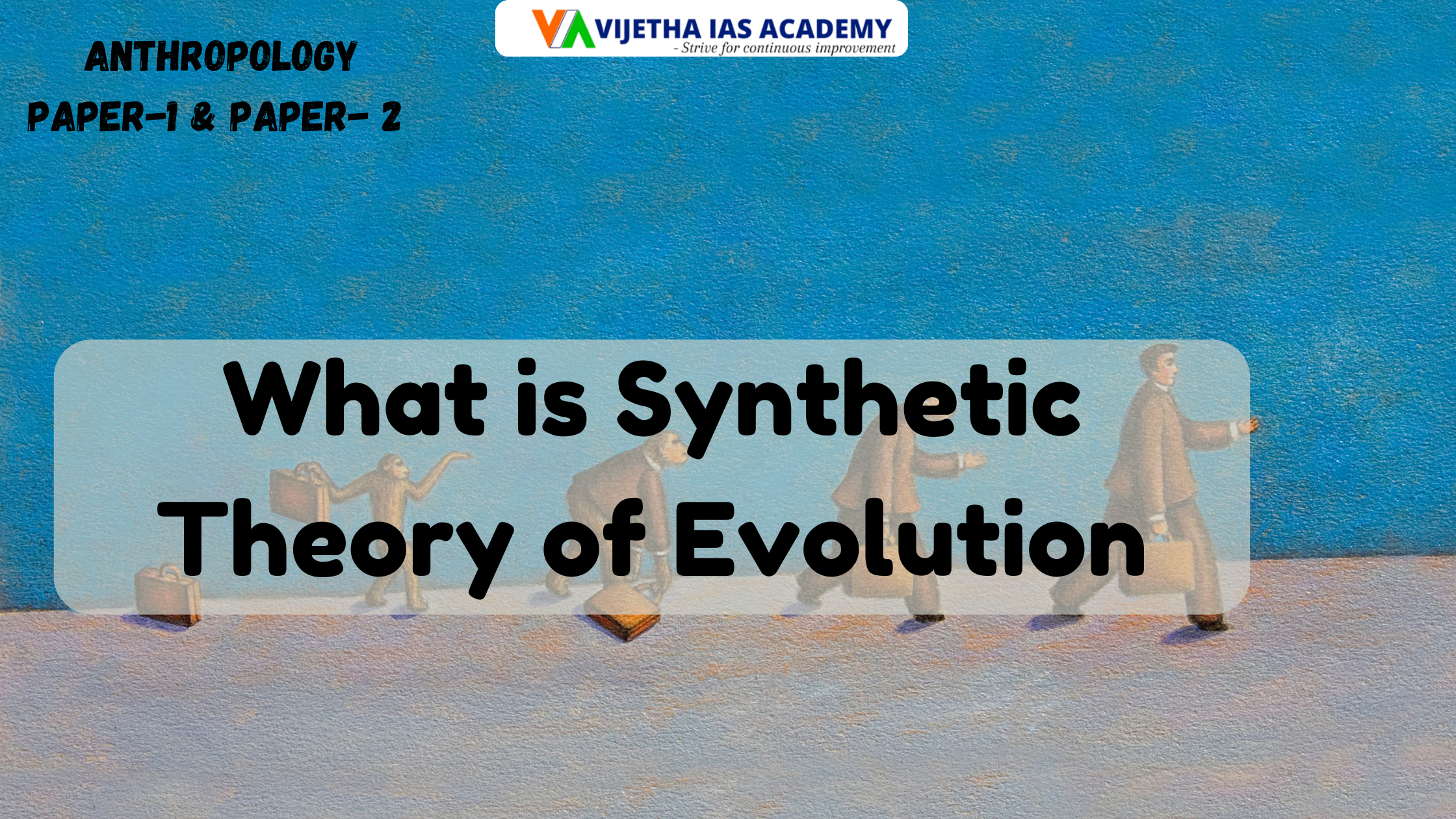
Introduction
The Synthetic Theory of Evolution, also known as the Modern Synthesis, represents a pivotal advancement in the field of evolutionary biology. Developed in the early 20th century, this theory integrates principles from various biological disciplines to provide a comprehensive understanding of evolutionary mechanisms. It combines Darwinian natural selection with Mendelian genetics, thereby offering a unified framework for explaining how evolutionary processes occur.
Main Body
-
Foundations of the Synthetic Theory The Synthetic Theory of Evolution emerged from the convergence of Darwin's theory of natural selection and Mendelian genetics. Key contributors to this theory include scientists like Ronald Fisher, J.B.S. Haldane, and Sewall Wright, who incorporated genetic principles into Darwinian evolution. This synthesis emphasized that evolution is a gradual process driven by genetic variation, mutation, and natural selection.
-
Genetic Variation and Mutation Central to the Synthetic Theory is the concept of genetic variation. Variations arise through mutations, which are random changes in the genetic material. These mutations can result in new traits or adaptations that may enhance an organism’s fitness. According to the theory, such variations are subject to natural selection, where advantageous traits become more common in a population over time.
-
Role of Natural Selection Natural selection is a key mechanism within the Synthetic Theory. It operates on genetic variations, favoring those that enhance an organism’s survival and reproductive success. This process leads to the gradual accumulation of beneficial traits within a population. The theory also incorporates genetic drift and gene flow, which influence the distribution and frequency of traits.
-
Population Genetics The Synthetic Theory incorporates principles of population genetics to explain how evolutionary changes occur at the population level. It considers factors such as gene frequency, genetic equilibrium, and the effects of random mating on genetic diversity. The theory posits that evolutionary changes are a result of changes in allele frequencies within populations over time.
-
Speciation and Evolutionary Change The Synthetic Theory provides insights into the processes of speciation—the formation of new species. It suggests that speciation occurs when populations become reproductively isolated and evolve independently. Genetic divergence due to selection, mutation, and drift leads to the development of new species.
Conclusion
The Synthetic Theory of Evolution offers a robust framework for understanding evolutionary mechanisms by integrating genetic and evolutionary principles. It elucidates how genetic variation, natural selection, and population genetics contribute to the evolutionary process. By bridging the gap between Darwinian evolution and Mendelian genetics, this theory has greatly enhanced our comprehension of Synthetic Theory of Evolution how evolutionary changes occur and how new species arise. Its continued relevance underscores the importance of a multidisciplinary approach in evolutionary biology
